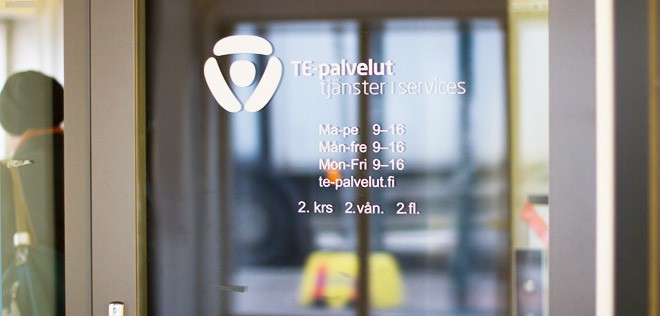Shortening the period of extended unemployment benefits increases employment among older workers

A reform in 2005 postponed access to extended unemployment benefits by two years for workers born in 1950 or later. Researchers at VATT estimate that the reform increased employment over the remaining working career by 7 months and net payments to society by 500 million euros for workers born in 1950.

In Finland, the so-called “unemployment tunnel” scheme grants older workers access to extended unemployment benefits until retirement. A reform in 2005 increased the eligibility age for the scheme by two years from 55 to 57 for workers born in 1950 or later.
In a recent article in Labour Economics, VATT researchers Tomi Kyyrä and Hanna Pesola evaluate the impact of the reform on employment and public finances. In the study, they compare the working careers of private sector workers born at the very end of 1949 and early in 1950.
– The only difference between the two groups is that for workers born in 1950 access to extended unemployment benefits was postponed by two years. Hence, differences in employment between the two groups can only be explained by the reform, says Hanna Pesola.
Impact of increased employment on public finances
The study shows that workers born early in 1950 worked seven months longer during their remaining working careers than workers born at the end of 1949. As a result, those born in 1950 earned 22,000 Euros more in wage income and received 11,000 Euros less in unemployment benefits than those born in 1949.
The reform had a positive effect on public finances. Higher earnings increased the workers’ tax and social security contributions and reduced the need to rely on other income transfers, such as housing allowance and social assistance.
Those born at the end of 1949 paid 26,000 Euros more in tax and social security contributions than they received from the society in the form of various transfers between 2004-2013. For those born in early 1950, the difference between contributions paid and transfers received was 41,000 Euros. This is 15,000 Euros (or 60 percent) more than for those born at the end of 1949.
In the early 2000’s, there were 33,000 workers born in 1950 working in the private sector. Taking all benefits, income taxes and social security contributions into account, Kyyrä and Pesola estimate that over a ten-year period, this group’s net payments to society were 500 million Euros more than they would have been without the reform.
Age of eligibility is approaching the retirement age
The age of eligibility for the unemployment tunnel scheme has increased on a few occasions following the 2005 reform. In January 2020, the age of eligibility was increased by one year for individuals born in 1961 or later. They will now become eligible for the scheme when they turn 60. Their retirement age is around 65 years.
– Studies have clearly shown that the Finnish unemployment tunnel scheme reduces the employment of older workers, while increasing the age of eligibility increases employment, says Tomi Kyyrä.
The unemployment tunnel refers to the extended entitlement period of unemployment benefits. Normally, members of unemployment funds are entitled to earnings-related unemployment benefits for 300, 400 or 500 days. Those eligible for the benefit extension can receive these benefits until retirement. The system encourages companies to target dismissals at older workers eligible for the scheme. It also decreases the incentives of older workers to find new employment.
Research article:
Tomi Kyyrä & Hanna Pesola: Long-term effects of extended unemployment benefits for older workers. Labour Economics 62
https://doi.org/10.1016/j.labeco.2019.101777
Hanna Pesola
Tomi Kyyrä
Labour markets
News item
Press release
Social security
Social security, taxation and inequality
Uutiset ja tiedotteet
employment
labour market policy
labour supply
population aging
unemployment
unemployment benefit
unemployment duration
unemployment insurance
work

